Oxygen-responsive hydrogels for non-invasive subcutaneous oxygen monitoring is reported by Prof. Jon Lovell and co-workers at the University of Buffalo.
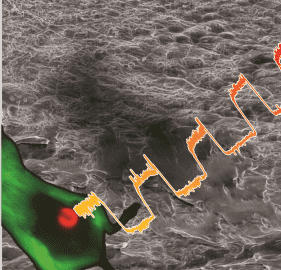

Oxygen-responsive hydrogels for non-invasive subcutaneous oxygen monitoring is reported by Prof. Jon Lovell and co-workers at the University of Buffalo.
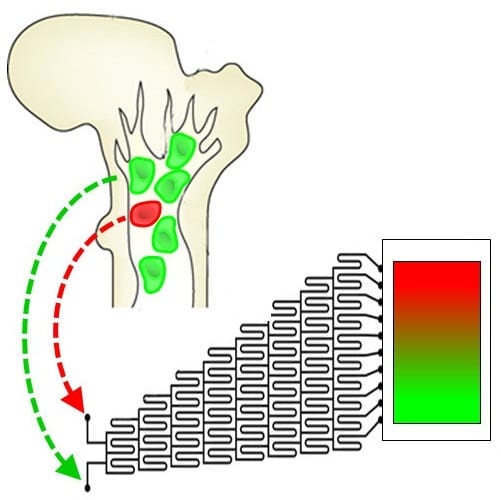
A microfluidic mixing platform creates 3D hydrogels systems with patterns of cell and matrix constituents inspired by native hematopoietic stem cell niches.
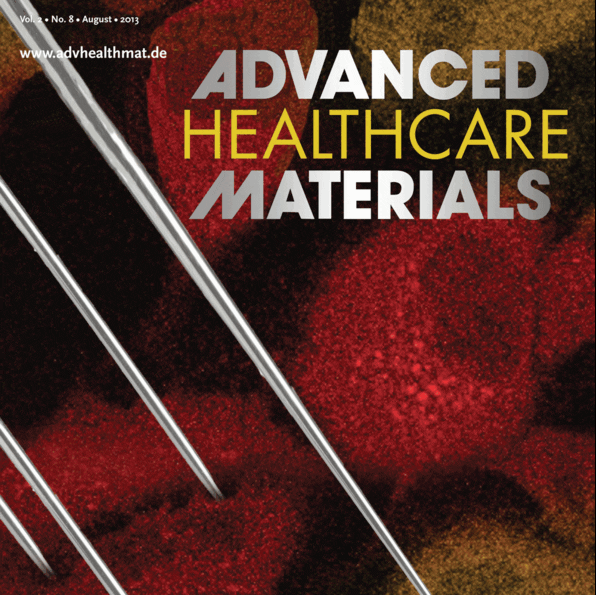
Here are the top five papers downloaded in August 2013. Also view the August issue of Advanced Healthcare Materials! Chitin Microneedles for an Easy-to-Use Tuberculosis Skin Test by Jungho Jin, Valerie Reese, Rhea Coler, Darrick Carter and Marco Rolandi An easy-to-use...
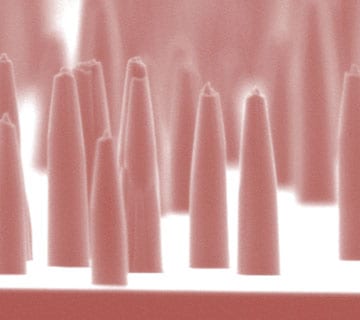
A dense diamond nanoneedle array for delivering fluorescent probes and drugs to a large number of cells for use on gene and cell therapy.

Diagnosis of Dengue, targetting dendritic cells, thermal ablation of cancer, tissue adhesives, and the regenerative microenvironment for tissue healing.
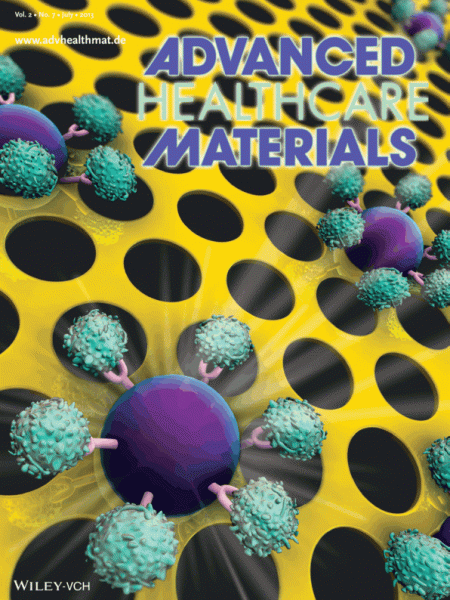
An integrated microfluidic immunophenotyping platform has been developed by Assistant Professor Jianping Fu, Professor Katsuo Kurabayashi, and co-workers.
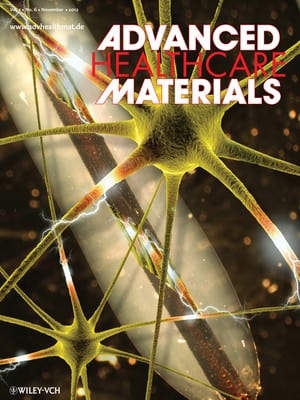
Chunhai Fan, Ali Khademhosseini, André Nel, Catherine Picart and Nicholas Peppas join the Editorial Advisory Board of Advanced Healthcare Materials.
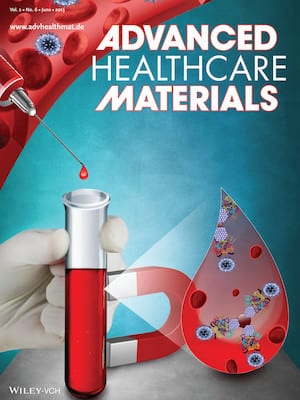
The hottest topics in biomedical materials research – the most downloaded papers from Advanced Healthcare Materials for April, May, June 2013.
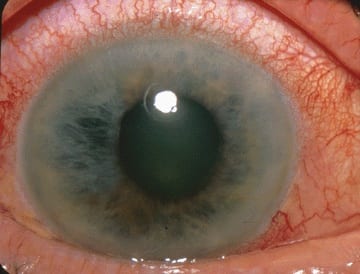
A new glaucoma drainage device, reported in Advanced Healthcare Materials, may reduce the risk of blindness for millions of sufferers around the world.
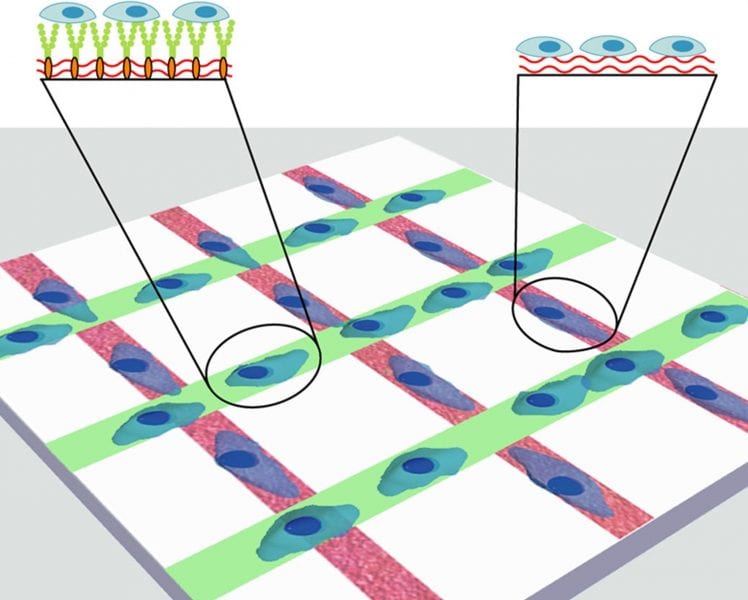
Micropatterned multicomponent interfaces as in vitro models of stem cell microenvironments with increased spatial and temporal control.